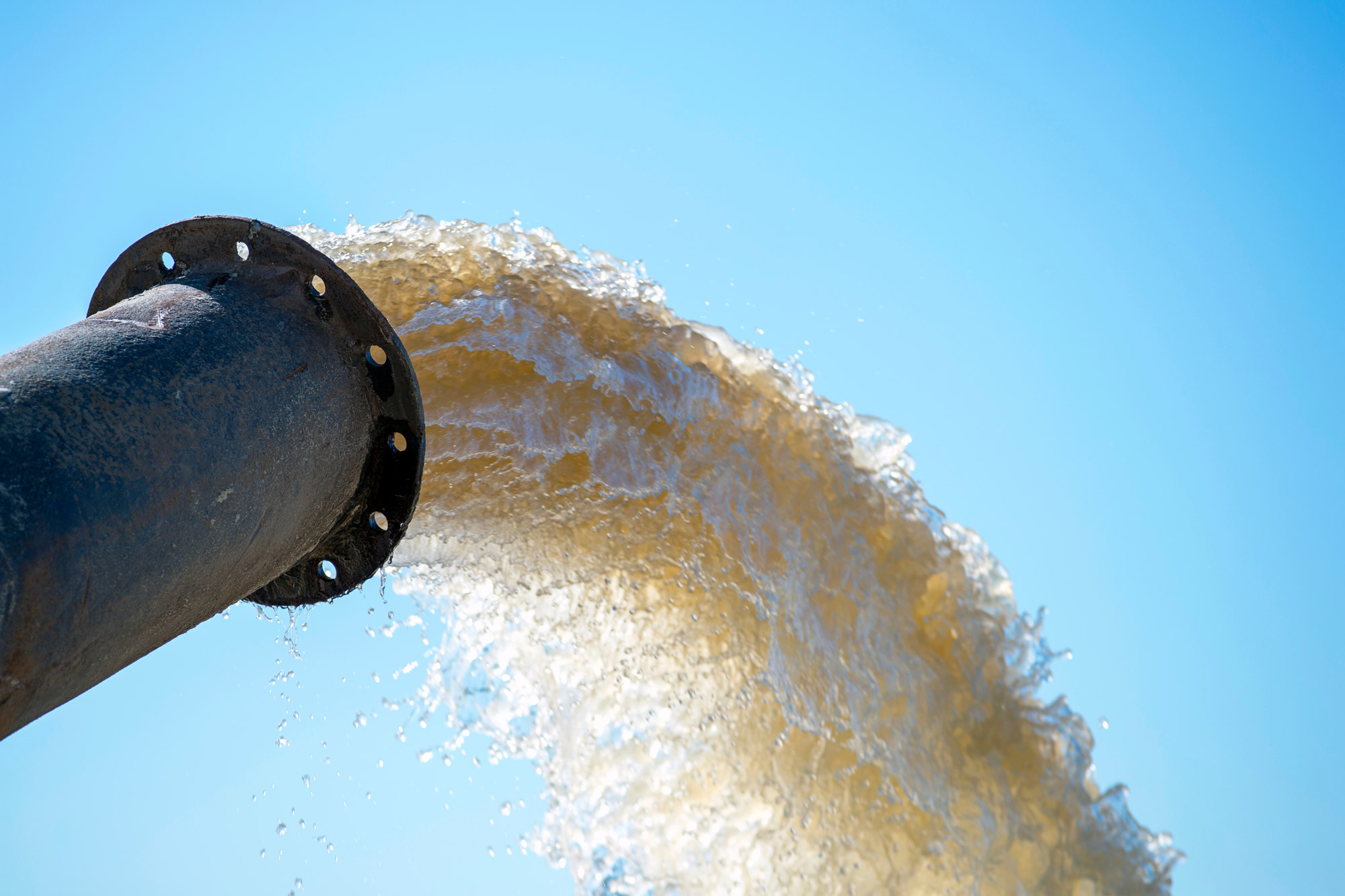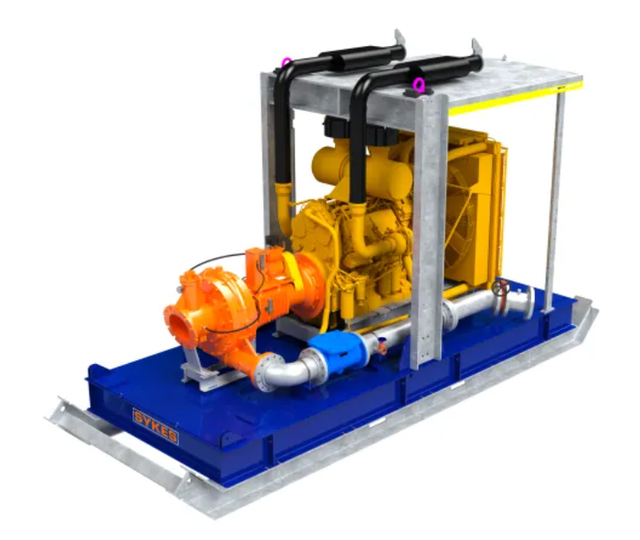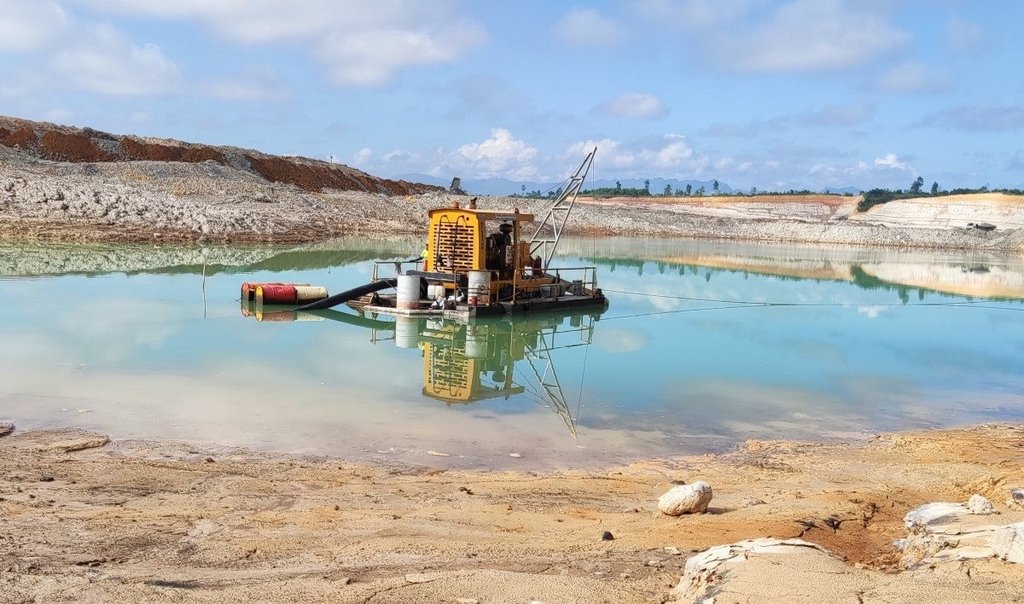Feature
Dewatering management: latest developments in pumps
Dewatering management is getting smarter with the evolution of pump technology. David Sawers rounds up some of the latest developments in the bedrock of the mining sector.

Dewatering management is a key consideration in mine project planning.
In a fast-moving world of drones, 5G, IoT, and new technology trends, miners have still got to get their hands dirty and get the good stuff out of the ground.
No mine could work without pumps– but there is so much more to it all than meets the eye. Pumps and valves are a fast-evolving part of the whole mining enterprise in their own right.
Rain and groundwater are not going to go away, but their management does not have to be a nightmare. High sediment loads of up to 5%, the varying pH value of mine water, as well huge energy consumption rates remain frustratingly consistent. Inefficiencies and high energy consumption rates have plagued this part of mining operations for decades.
But continued technology advancement and product development in pumping equipment is increasingly bringing better efficiency to operations.
Smart pumps, smart valves
Smart pumps, equipped with cutting-edge sensors and automation capabilities, are now well-established. Getting the best extraction process – while providing real-time data on performance and potential issues – is the aim.
Minimising downtime and maximising operational efficiency, smart pumps have proved to be a game-changer. The integration of digital twins – or virtual replicas – of physical pump systems also allows for predictive maintenance, meaning that miners can address potential malfunctions before they escalate.
Valves, too, have come on leaps and bounds and are now seen as precision instruments integral to mining efficiency and sustainability. Control valves equipped with advanced sensor networks are enabling real-time monitoring of variables such as pressure, temperature and flow rates. Boosting operational efficiency and minimising waste and environmental impact, they are a now a key part of the miner’s armoury.
Case study: solving groundwater headaches
Tackling the issue of groundwater head-on, Australian plant manufacturer Murrey Engineering has looked to NEMO SY progressing cavity pumps from German supplier Netzsch Pumpen & Systeme for its dewatering systems.
A metal filter screen processes larger solids already before they pass into the pump, while the unit also has paddles – blades mounted on the coupling rod, keeping stones as well as slurry in the intake housing. Blockages are minimised.
That results in a drainage flow of 72 m3/h at a pressure of 18 bar, already with a running speed of 320 rpm, all with lower energy consumption of just 55 kW.
Planning for equipment is key
A major consideration when starting an open pit or underground mine is to ensure that it will have the most efficient, cost-effective, and low-carbon system for controlling water, whether that is from under the ground or from rainfall.
A dewatering solution that ticks all operational, environmental and compliance boxes should be considered as part of the project design and equipment planning phase. A well-thought-out dewatering solution will go a long way toward reducing legal and environmental restrictions being placed on the operation.
This approach will also help with subsequent stages of the project. For open-pit operations, it will help gauge slope stability. It will also reduce hydro-pressure from underground artesian aquifers, avoiding ground disturbances while excavating vertical shafts, and align diversion channels so water is stopped short of mining slopes.
Case study: aiming for greater depths

Credit:
Dewatering pump provider Sykes is looking to reach greater depths and widths with its Sykes/Primax XH250 pump.
A Sykes spokesperson told MINE that its new pump, which complements the manufacturer’s existing range of 'extra high head' pumps, delivers higher heads and flow rates than its predecessors to ensure consistent equipment access to all areas of mining and quarry sites.
The pump has versatile drive options and is available in both diesel-drive and electric-drive configurations and it can be mounted on skids, trailers, or pontoons.
Sykes also claims it is engineered to deliver 200 litres/second at 220m or 250 litres/second at 200m.
Going under the water table in Western Australia
In the Pilbara region of Western Australia, iron ore is mined in several locations around the Chichester hub zone, where more than 75% of the iron ore is below the water table. If too much water mixes with iron ore, it becomes low grade and unsuitable for export, which can result in revenue losses. Surface dewatering processes are also costly if the water level is high.
The common dewatering process in the region is to reduce the water table level by pumping the water out through borehole pump sets. This creates some challenges, as high water temperatures and high salinity result in excessive corrosion, and iron bacteria can grow on motors which prevents efficient motor cooling.

In the Pilbara region of WA, more than 75% of iron ore is below the water table. Credit: KSB
At its Hope Valley facility in Western Australia, KSB provides mine operators with its UPA multistage borehole pumps, customised to withstand its site’s conditions. UPAs have been shown to have a significantly longer working life and higher hydraulic efficiencies, resulting in a reduced cost of ownership.
UPA product development has seen the advancement in permanent magnet motor design, motor control, and monitoring, enhancing the overall pump set efficiency and reducing the carbon footprint.
Case study: Dewatering oil sands sites
KSB has been reaching into remote areas, such as the Canadian oil sands. Mollie Timmerman, oil sands business development manager at GIW Industries (a KSB company) told Mining Technology last year that the company saw an opportunity when teams realised that there was a demand for pumps with waterless seals, as well as a need for larger pumps compared to what was available at the time.
"It’s a real challenge to bring clean gland water to a mine site," Timmerman said. "And when the location is very remote, like an oil sands tailings pond, it’s even more difficult."
KSB's GIW Tailings Dewatering line of pumps aims to tackle the challenges of tailings management.
"The key feature of the TDW is the expeller seal [which] doesn’t require gland water in operation with the expeller," Timmerman said. "It's proven it's reliable, and it’s environmentally sustainable. In the oil sands industry, there remains a lot of focus on dewatering tailings ponds and the need to move between ponds as they fill."
For more product information on mining pumps and valves, download our free buyer’s guide.